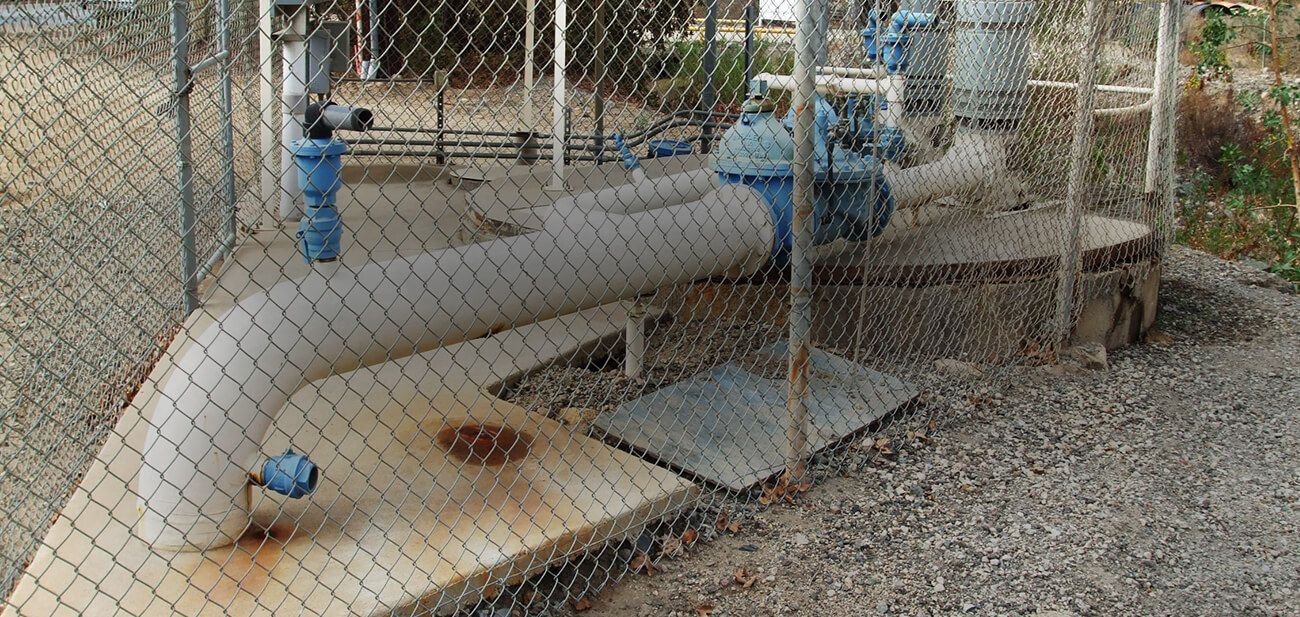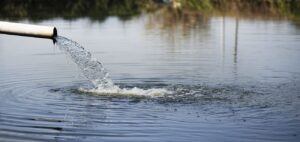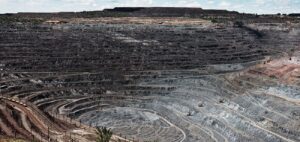
Watersheds are critical natural systems that play a vital role in our environment. A watershed is an area of land where all the water that falls in it drains off to a common outlet, such as a river, lake, or ocean. However, these crucial areas are increasingly facing degradation due to various human activities. Watershed degradation leads to numerous adverse impacts, including poor water quality, loss of biodiversity, and negative effects on human communities.
Watershed restoration aims to reverse these damages and restore the natural functions and health of these ecosystems. This process, supported by organizations like G3SoilWorks, is essential for maintaining environmental balance and ensuring the sustainability of our water resources.
Watersheds are fundamental to the health of our environment. They act as natural catchments, collecting and channeling precipitation through a network of rivers and streams. This process helps in filtering water naturally, removing contaminants and sediments before it reaches larger water bodies like lakes and oceans.
The interconnectedness of ecosystems within a watershed means that the health of one part of the watershed affects the entire system. For example, a healthy forest upstream can prevent erosion and filter pollutants, which benefits aquatic life downstream.
Healthy watersheds contribute significantly to clean water supply, supporting diverse plant and animal life. They are crucial for maintaining high biodiversity, providing habitats for various species. For human communities, watersheds are essential as they provide drinking water, agricultural irrigation, and recreational opportunities.
Watersheds also help regulate water cycles by storing water during wet periods and releasing it during dry periods, thus reducing the risk of floods and droughts. This natural regulation ensures ecosystems remain resilient to environmental changes, including those induced by climate change.
Watershed degradation can be attributed to several key factors:
Watershed pollution can come from point sources, such as industrial discharges and sewage treatment plants, or non-point sources, such as agricultural runoff and urban stormwater. Non-point source pollution is particularly challenging to manage because it comes from diffuse sources over a wide area. Common pollutants include pesticides, fertilizers, heavy metals, and chemicals, which degrade water quality and harm aquatic life.
The expansion of urban areas increases the amount of impervious surfaces like roads, parking lots, and buildings. These surfaces prevent water from infiltrating into the ground, leading to increased runoff, which can carry pollutants into water bodies. Urbanization also disrupts natural water flows and reduces the land’s ability to filter and absorb water.
Removing vegetation, especially forests, disrupts the natural water cycle. Trees and plants play a crucial role in absorbing rainwater and preventing soil erosion. When vegetation is removed for agriculture, mining, or development, the exposed soil erodes more easily, leading to sedimentation in rivers and streams, which degrades water quality and aquatic habitats.
Climate change alters precipitation patterns, leading to more extreme weather events such as heavy rains and droughts. These changes can overwhelm natural and man-made water management systems, increasing the frequency and severity of floods and droughts. Warmer temperatures also affect water quality by promoting the growth of harmful algae blooms and reducing the levels of dissolved oxygen in water bodies.

Effective watershed restoration follows several key principles:
Restoration efforts often focus on reestablishing natural processes and planting native vegetation. Native plants are adapted to local conditions and provide the best support for local wildlife. They also help stabilize soil, reduce erosion, and improve water infiltration.
Successful restoration projects engage local communities in the process. Community involvement can include educational programs, volunteer opportunities, and collaboration with local organizations. Incorporating traditional ecological knowledge from indigenous communities can also enhance the effectiveness and cultural relevance of restoration efforts.
Various techniques can be employed to restore watersheds, including:
Riparian zones are the areas adjacent to rivers and streams. Restoring these areas by planting native vegetation helps stabilize banks, filter pollutants, and provide habitat for wildlife. Healthy riparian zones act as buffers, protecting water bodies from the impacts of surrounding land use.
Wetlands are natural water filters and flood control systems. Restoring degraded wetlands or creating new ones enhances their ability to filter pollutants, store floodwaters, and provide habitat for diverse species. Wetlands also play a crucial role in carbon sequestration, helping to mitigate climate change.
Implementing measures such as terracing, contour plowing, and using erosion control mats can prevent soil erosion. Managing sediment by creating sediment traps and using silt fences reduces the amount of sediment entering water bodies, which protects aquatic habitats and improves water quality.
Invasive plants and animals can disrupt the natural balance of ecosystems. Removing these species and replanting native plants helps restore natural habitats and supports biodiversity. This process often requires ongoing management to prevent reinvasion.
Techniques such as bioengineering, which uses living plants and natural materials, can stabilize stream and riverbanks. Stabilized banks prevent erosion, reduce sedimentation, and protect infrastructure.
Implementing green infrastructure solutions like rain gardens, permeable pavements, and green roofs can reduce runoff and pollution. These strategies help mimic natural processes, allowing water to infiltrate into the ground and reducing the load on stormwater systems.
Restoring watersheds is not without its challenges:
Restoration projects can be complex and require significant resources, expertise, and coordination among multiple stakeholders. Challenges include securing land, obtaining necessary permits, and managing logistics.
A comprehensive approach that considers the entire watershed and adapts to changing conditions is crucial for long-term success. Adaptive management involves monitoring restoration outcomes and adjusting strategies as needed based on new information and changing conditions.
Securing adequate funding and supportive policies is essential for sustained restoration efforts. This often requires advocacy, collaboration with government agencies, and securing grants and donations.
Continuous monitoring and maintenance ensure that restoration efforts remain effective over time. This involves tracking ecological indicators, addressing emerging threats, and maintaining restored areas to prevent degradation.
Everyone has a role to play in watershed restoration:
Individuals can take simple steps to protect and restore watersheds, such as reducing water usage, properly disposing of waste, and using eco-friendly products. Planting native plants in gardens and using rain barrels to collect rainwater also contribute to watershed health.
Volunteering for local restoration projects and participating in community initiatives can amplify impact. Community members can join local watershed groups, participate in clean-up events, and support local conservation efforts.
Promoting watershed conservation through education helps build a community that values and protects its natural resources. Schools, community centers, and local organizations can provide educational programs and resources to raise awareness about the importance of watersheds and how to protect them.

Watershed restoration is crucial for sustaining healthy ecosystems and vibrant communities. By understanding the importance of watersheds, the causes of their degradation, and the techniques for their restoration, we can all contribute to protecting these vital natural resources. Get involved in local restoration efforts, supported by companies like G3SoilWorks, and support policies that safeguard our watersheds for future generations. Together, we can ensure the health and sustainability of our environment. Call us at +1 714-668-5600 for more information.
1. How does watershed restoration benefit local communities economically?
A. Watershed restoration can boost local economies by improving water quality, which reduces the costs associated with water treatment. It also enhances recreational opportunities like fishing and tourism, which can generate revenue and create jobs in the community.
2. Can watershed restoration help mitigate climate change effects?
A. Yes, watershed restoration can help mitigate climate change effects by enhancing the natural storage and filtration of water, which can reduce the severity of floods and droughts. Restored wetlands and riparian zones also sequester carbon, helping to lower greenhouse gas levels.
3. What role do native plants play in watershed restoration?
A. Native plants are crucial in watershed restoration because they are adapted to the local environment and help stabilize soil, reduce erosion, and improve water infiltration. They also support local wildlife by providing habitat and food sources, promoting a balanced ecosystem.
Follow, engage, learn. Stop by our blog to see what’s happening at G3SoilWorks.
G3Soilworks – a full service geotechnical/ engineering geologic consulting firm serving clients since 2009 and delivering expert solutions with our highly experienced team and specialized consultants.
G3SoilWorks
350 Fischer Avenue Costa Mesa, CA 92626
Tel. 714.668.5600
E. info@g3soilworks.com